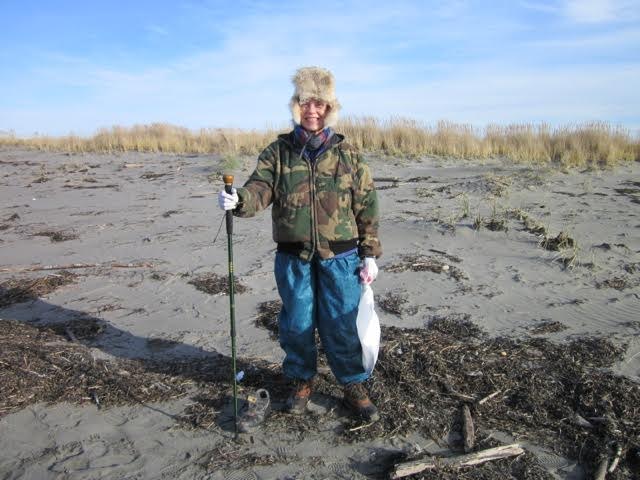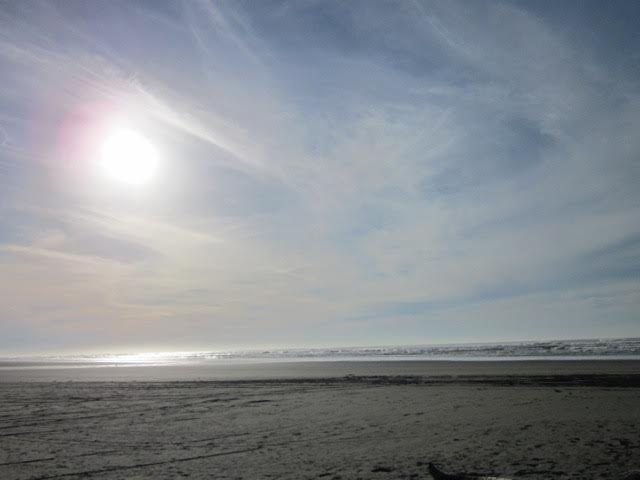by Eric Wagner
In Jeanne Finke’s kitchen sit a pair of binoculars and bird guides, which she tends to reach for, as she says, in the way others might reach for salt and pepper. For Jeanne, they are just as necessary. She lives on the North Bay of Grays Harbor in southwest Washington and sees birds through her window all the time—pelagic birds, shorebirds, the latter sometimes in great numbers during migration. She’s taken classes on bird biology and feels she has a good handle on her local avifauna, but she’s always curious to know more about what might be around, whether in view or out of sight, living or dead.
“Of course,” Jeanne says, “it’s in the dead birds that you see the most variety.”
Jeanne started volunteering for COASST about eight years ago. It was her first citizen science project, but not her first science interest. She had done graduate work both in Computer Science and Exercise Physiology at the University of Washington. She also spent hours in a cadaver lab, so, as she says, “even if I hadn’t done the dead bird thing before, I had done the dead body thing.”
Doing the dead bird thing takes her and Susan Kloeppel, her bird survey partner, out once a month to the South Pacific beach, a wide and flat stretch of sand along the Ocean Shores peninsula. On it they find the usual assortment of species—mostly Common Murres, Rhinoceros Auklets, Cassin’s Auklets, Sooty Shearwaters, and Northern Fulmars—but every so often something more notable washes up; they have had Black-footed Albatross and Laysan Albatross over the years. “My favorite part of it,” Jeanne says, “is seeing how our beach bird finds fit in with the profile of the other survey findings from the rest of the northwest Pacific coast.”
But sometimes dead birds aren’t quite enough, and so Jeanne recently started surveying another beach, Damon Point-West, for marine debris. A narrow strip of sand and gravel, Damon Point-West is tucked just inside the north jetty of Grays Harbor facing the estuary channel. The surf can come at it from around the North jetty, and it also catches material that has floated down from the Chehalis River. Doing so gives her a different lens through which to view an otherwise familiar space. “Not much small- or medium-sized debris is found on this beach,” Jeanne says. “It’s mostly big stuff like pallets, parts of docks or floats, a crab pot, a corrugated culvert section, and even a hot tub.”
It was, both figurative and literally, an entanglement of her two surveying topics—dead birds and debris—that sticks in her mind from her years with COASST. Once, she and Susan were just starting a survey when they saw two adult Pacific Loons wrapped in a mishmash of netting and woody debris. The birds were beautiful, so colorful and fresh and soft that they might have been alive. “It made such an impression on me to think of these animals diving for food and getting caught up in that mess,” Jeanne says. She and Susan took photos, cut the net away, measured the bodies and sent in the data, as always. Later, they learned the net was made from an older material, as opposed to being a newer nylon version. This meant it might have come from an old seining operation and gotten tangled up and discarded along the way for who knows how long.
“No one could of course say for sure,” Jeanne says. But it was precisely that unknowing that she likes to chip away at every time she goes out to the beach. “You have this opportunity to understand the sea and the land and the species that live in the natural world,” she says. “It’s like opening a door into that realm.”



